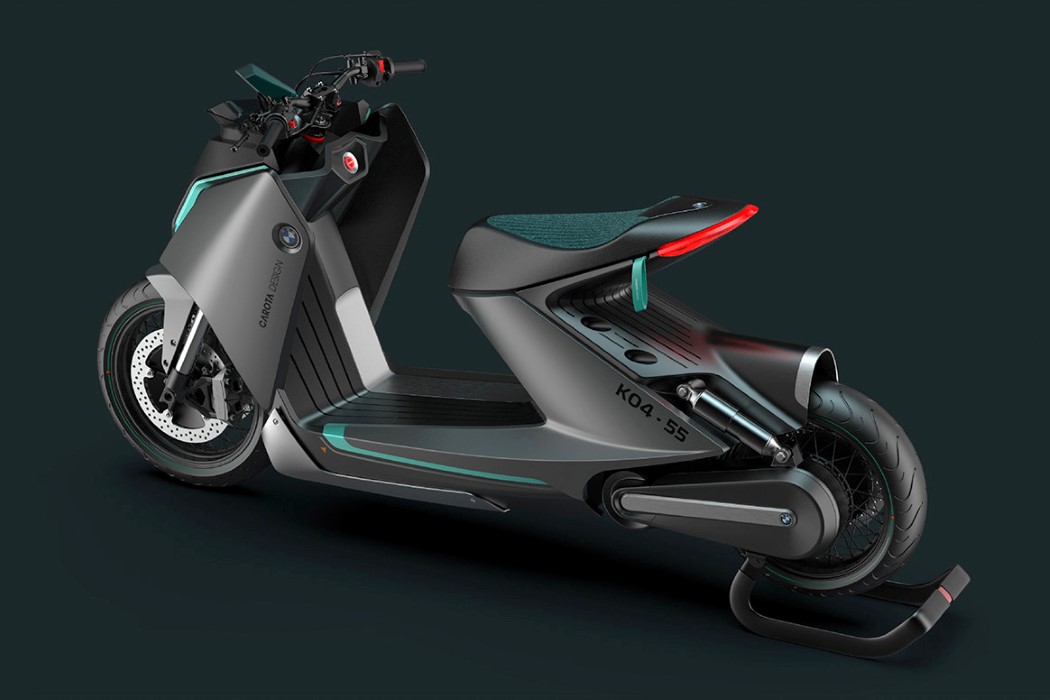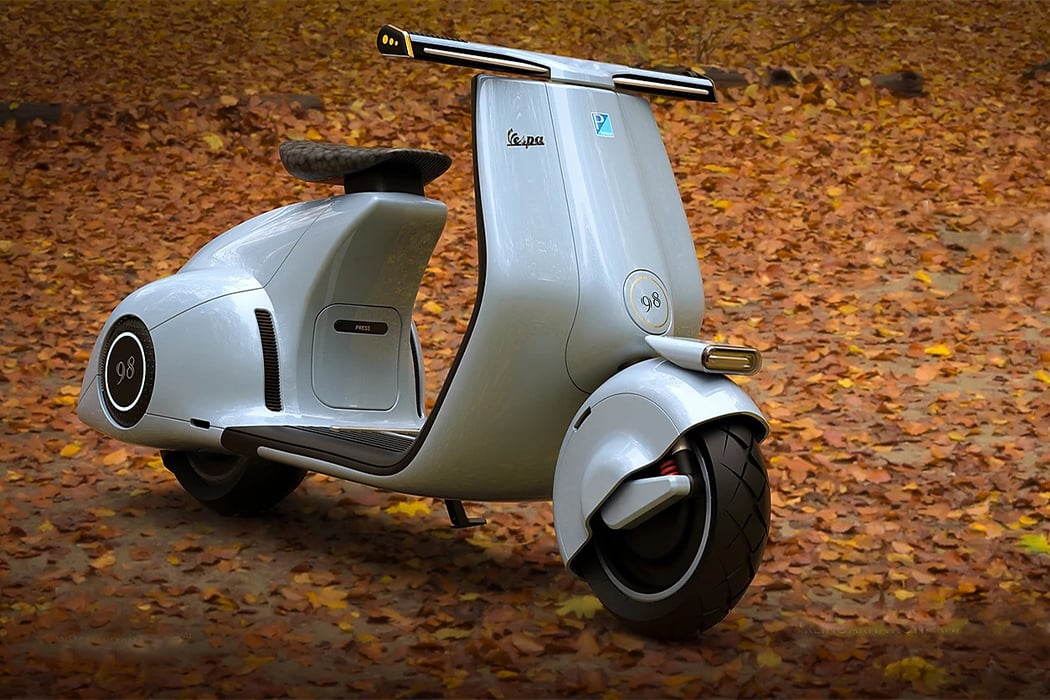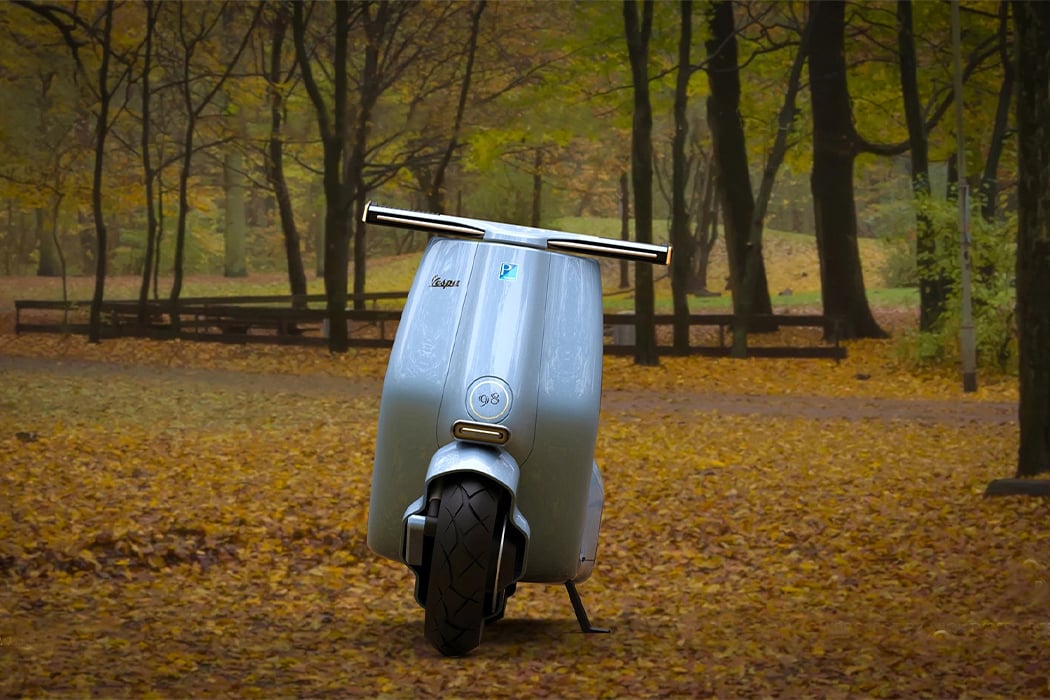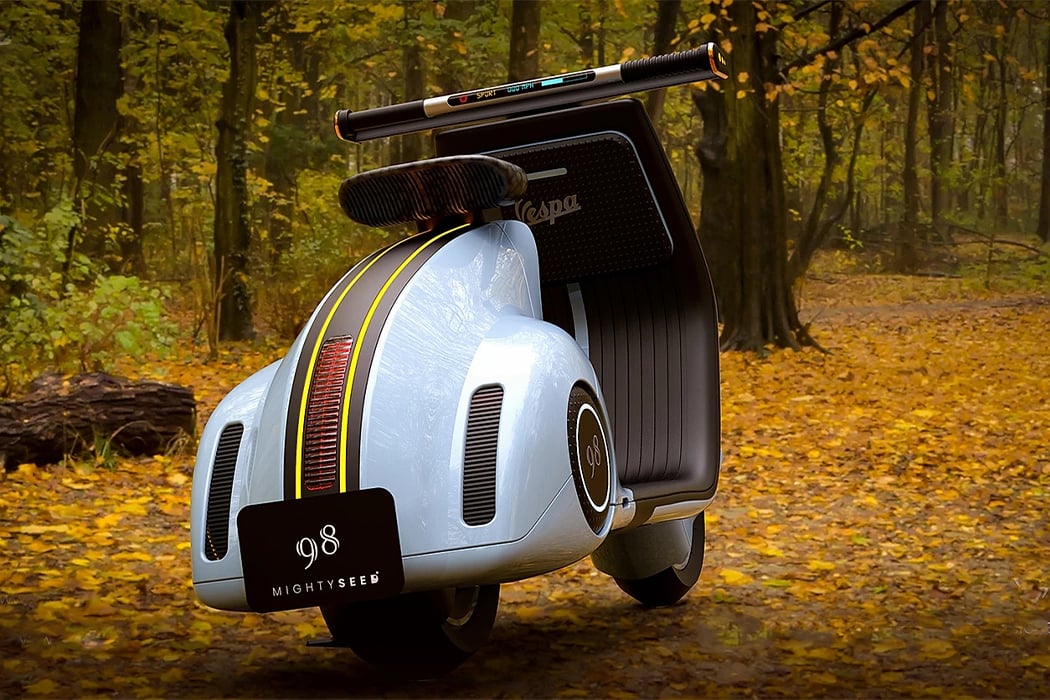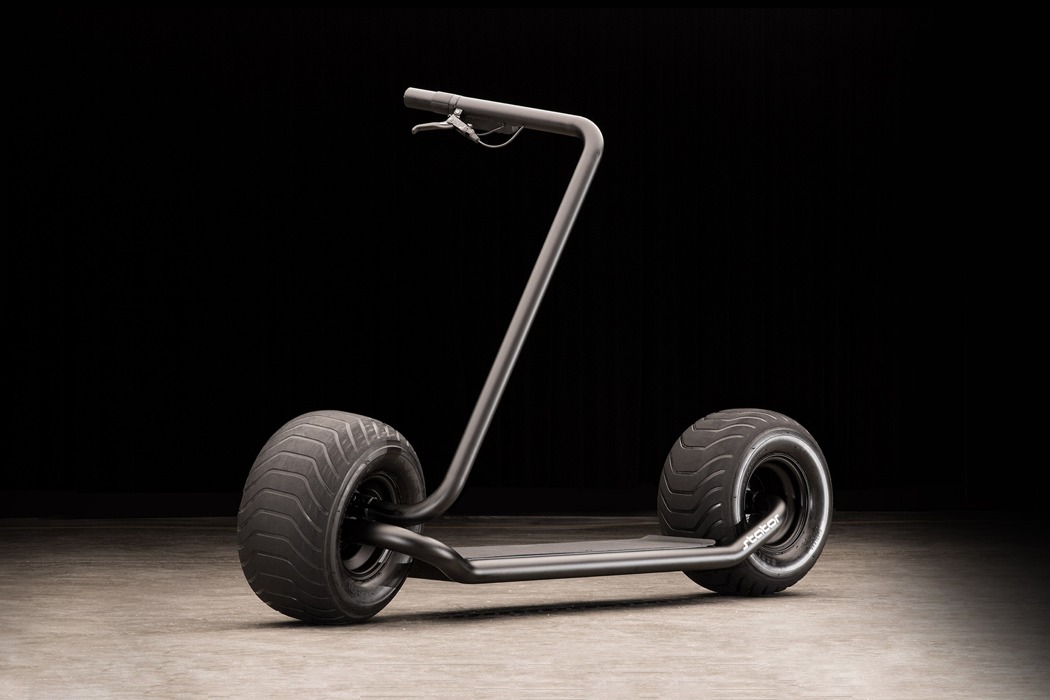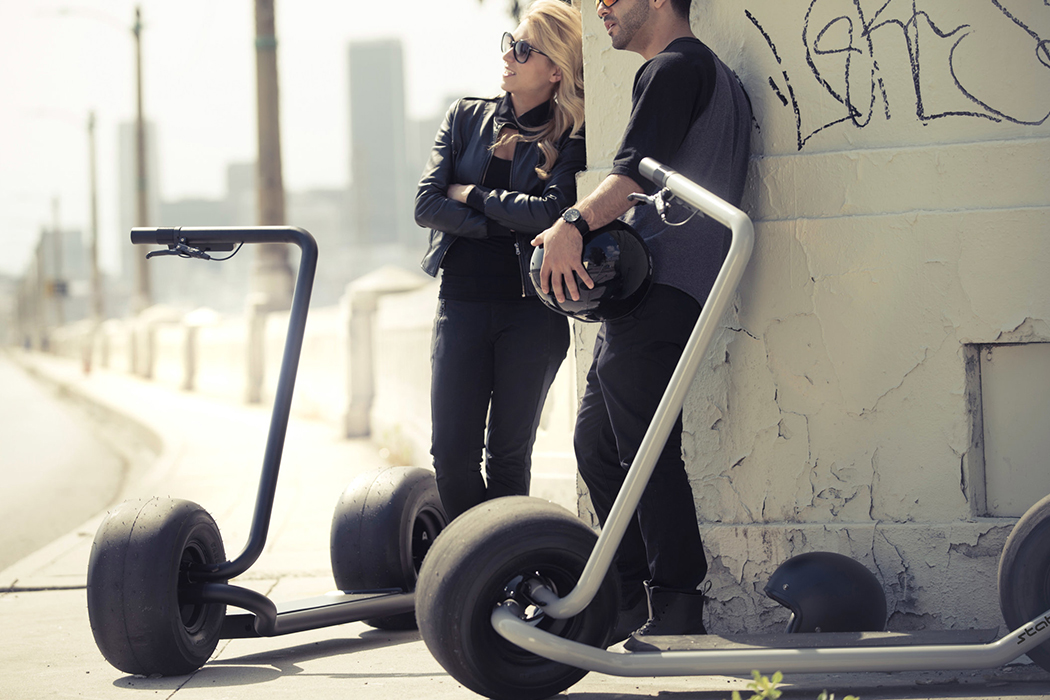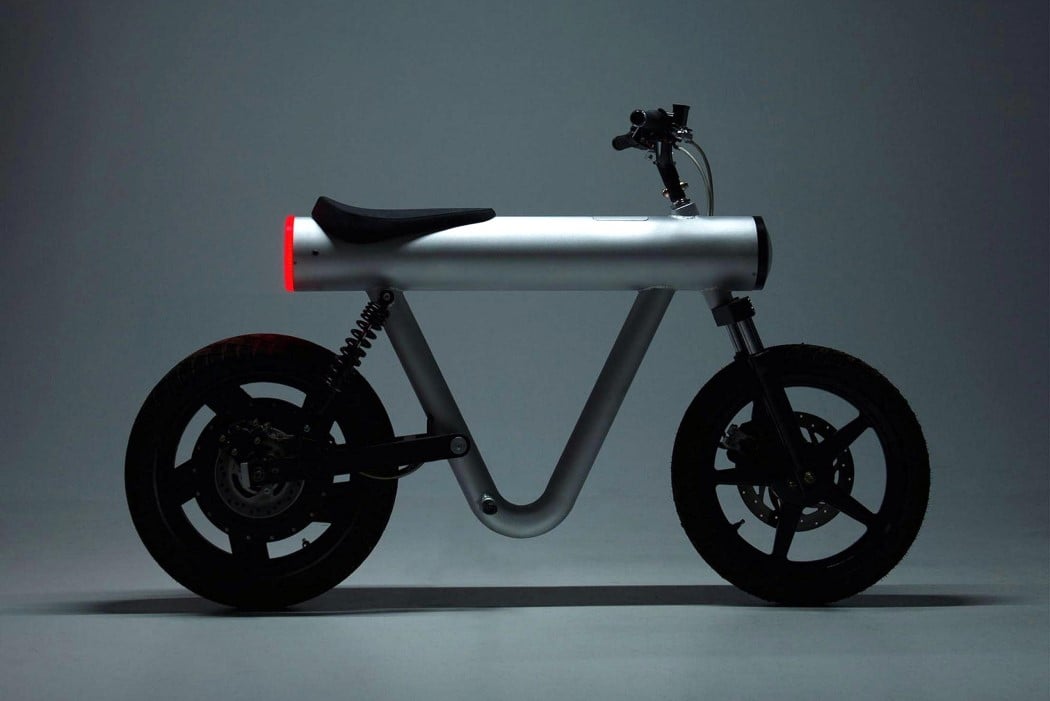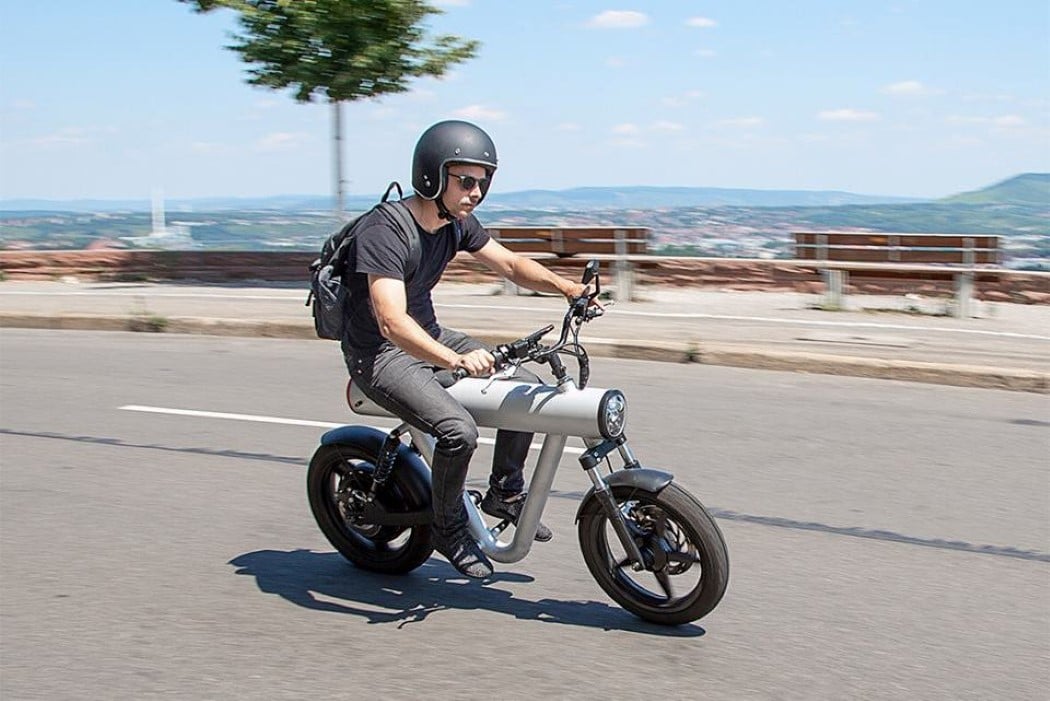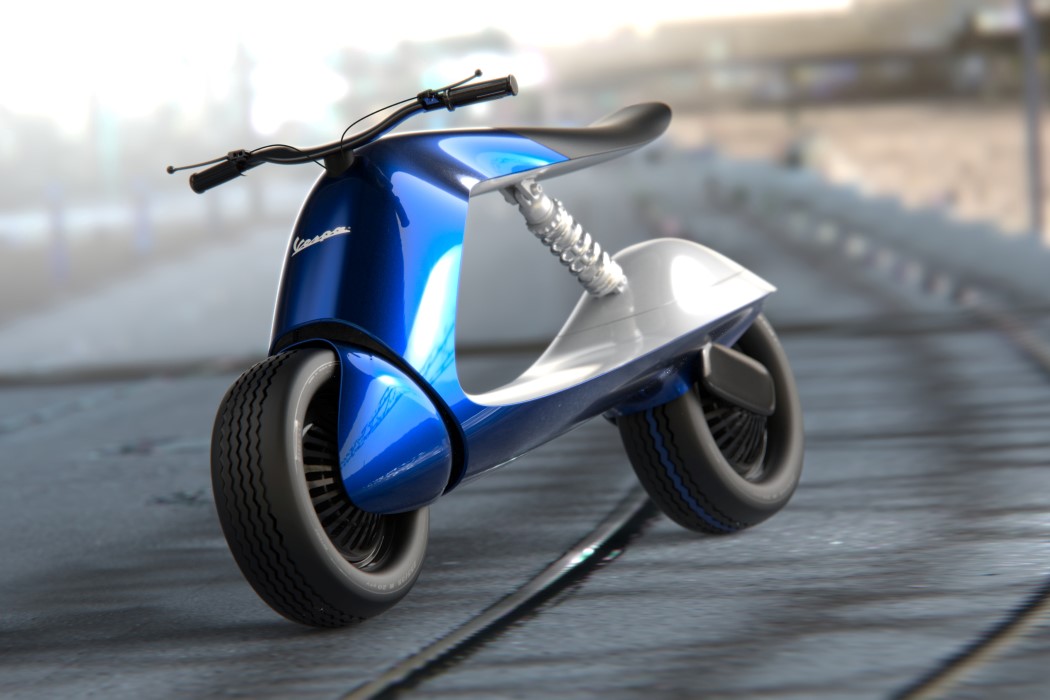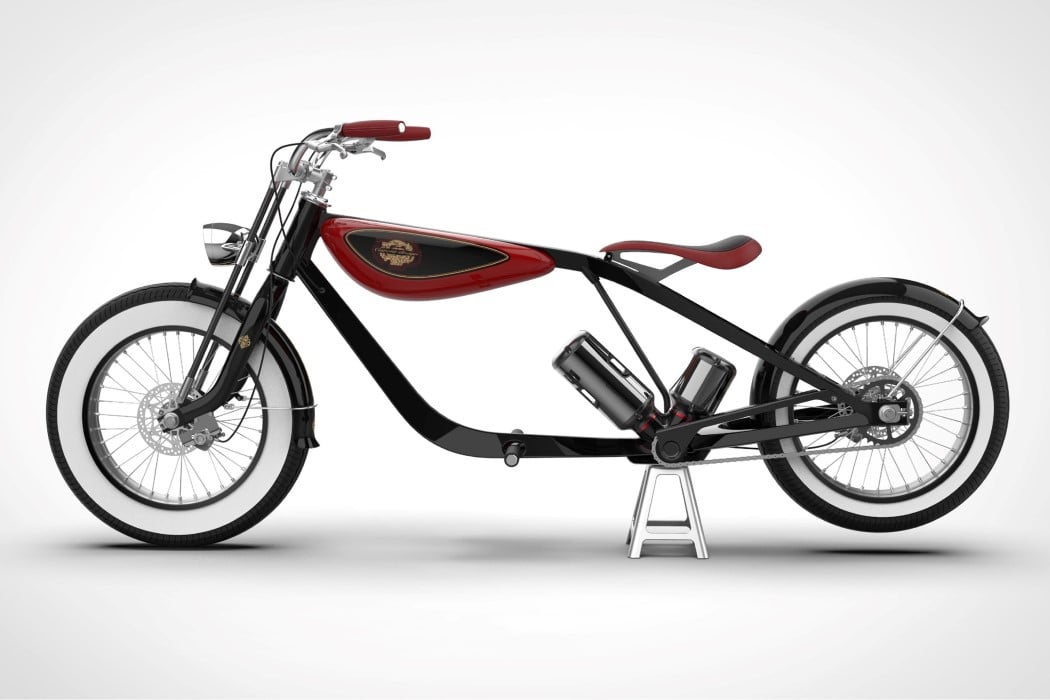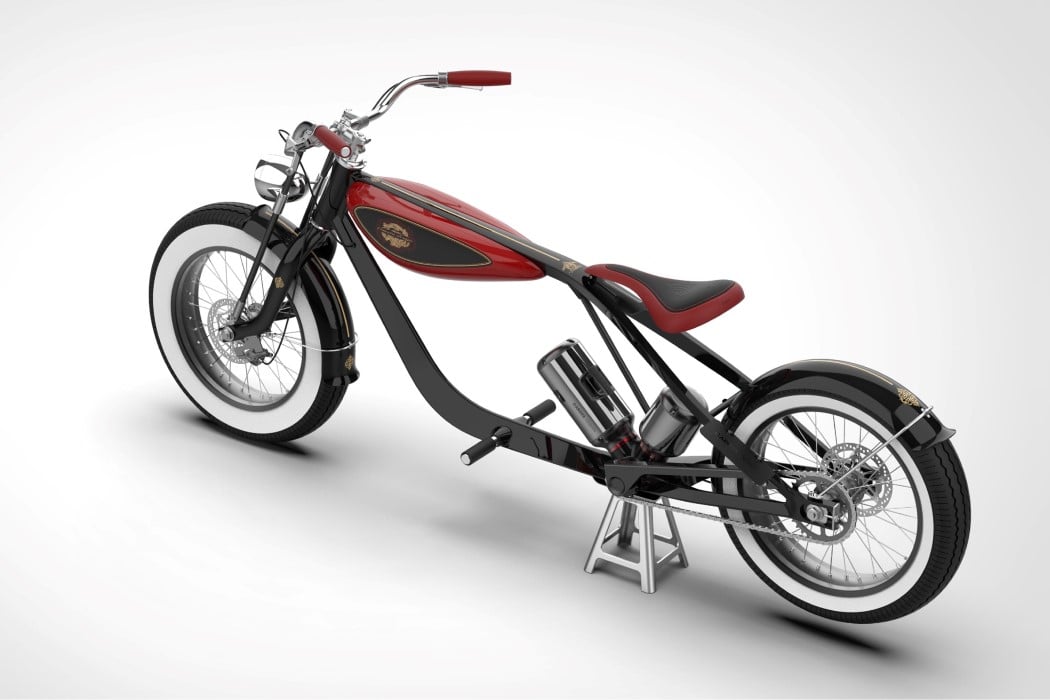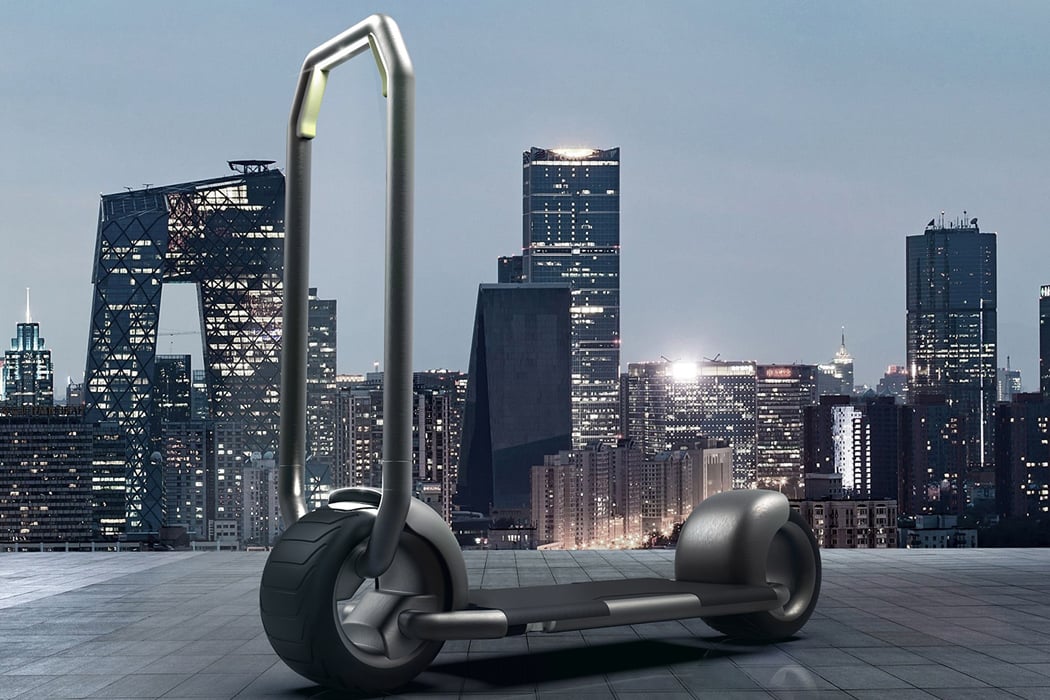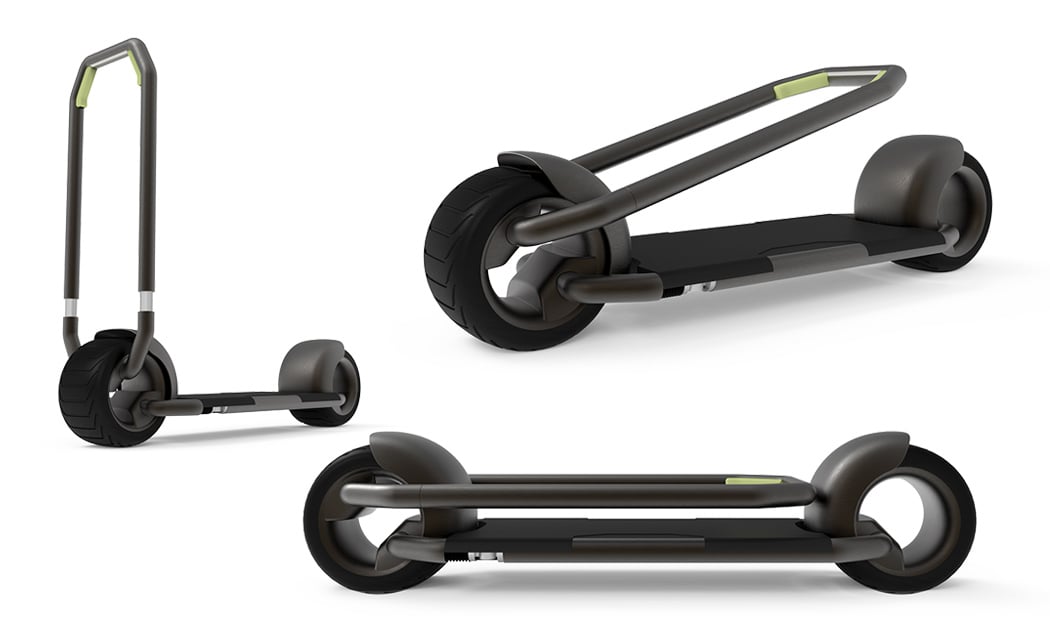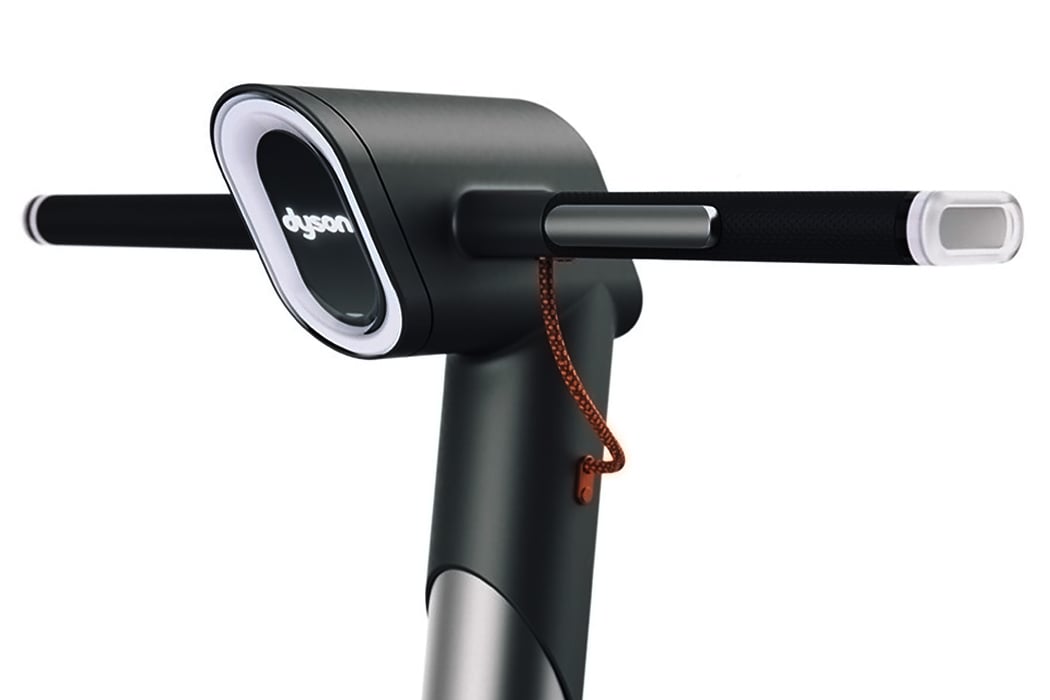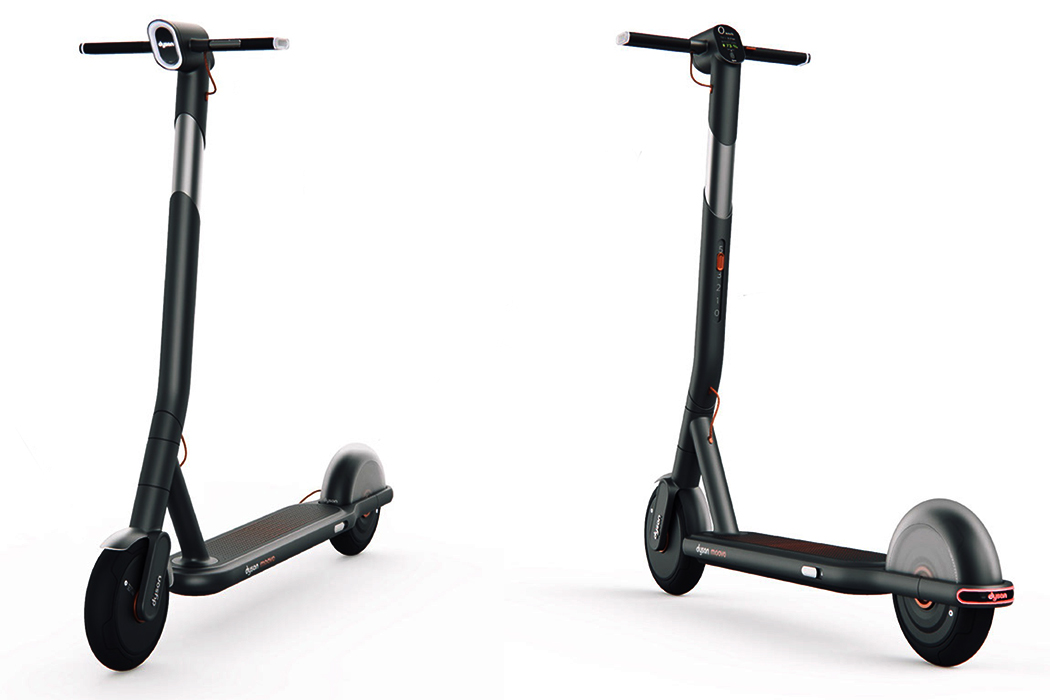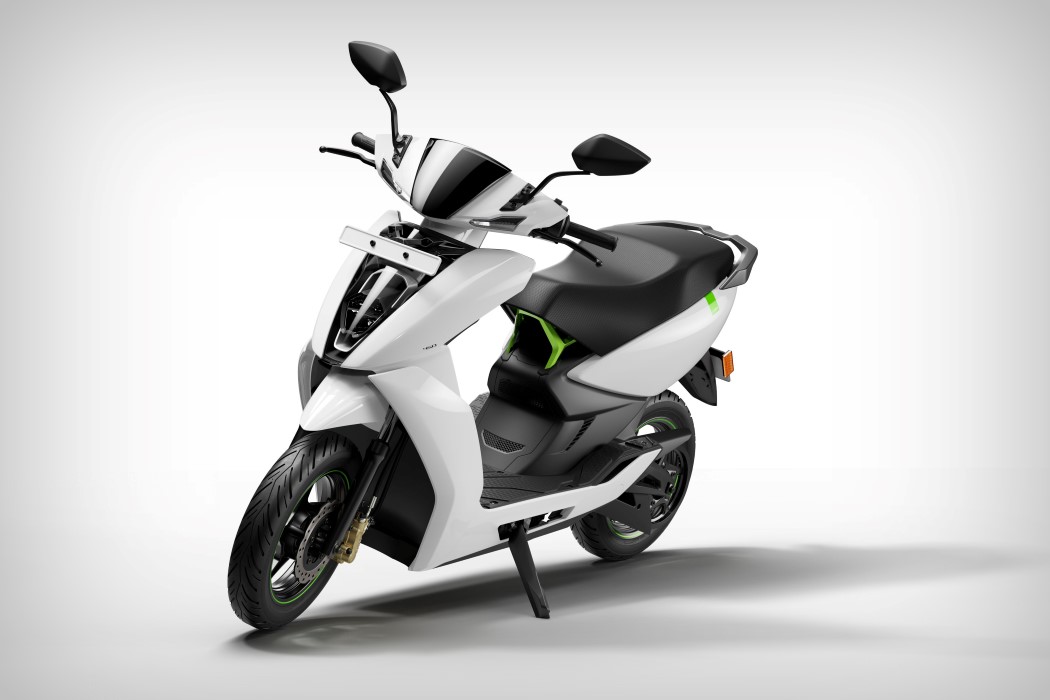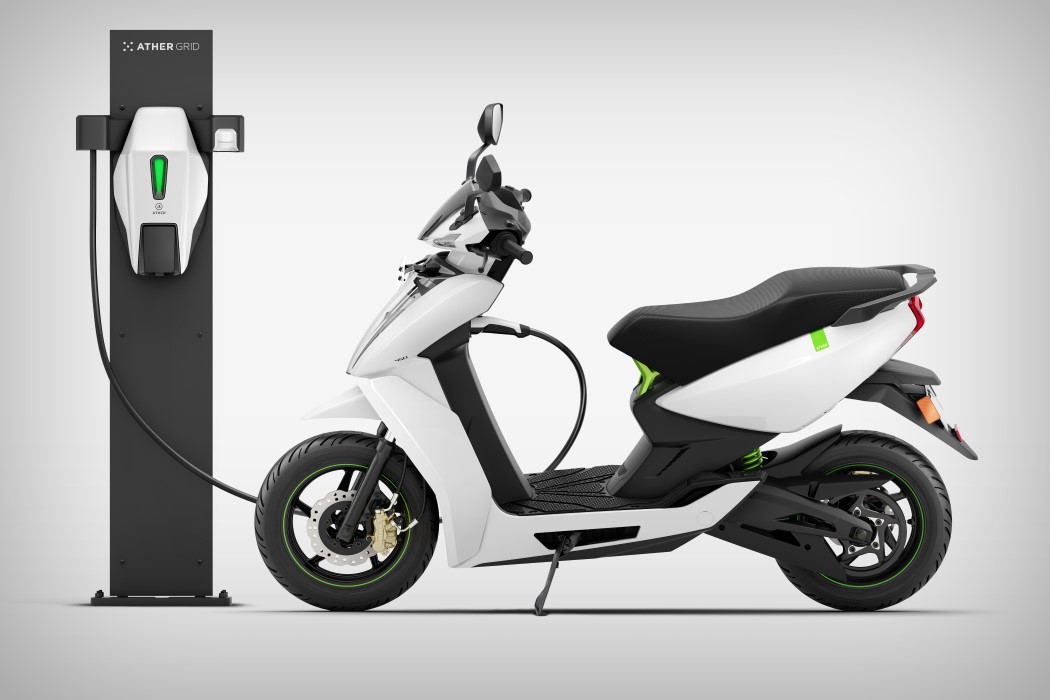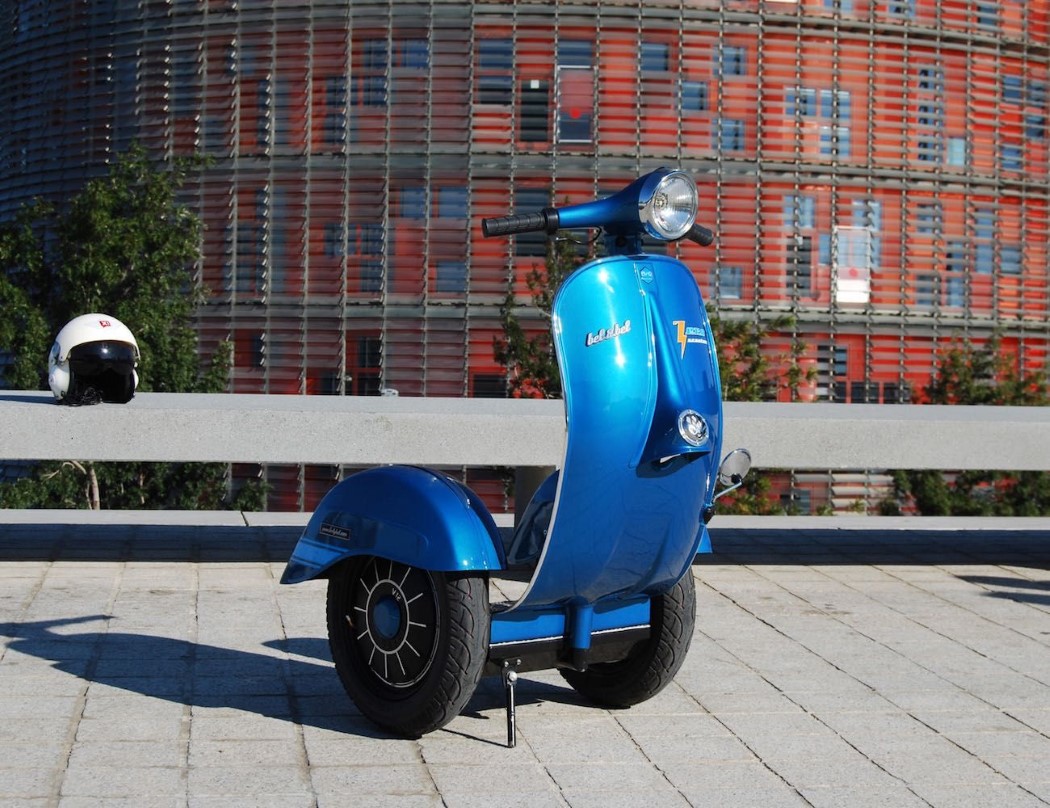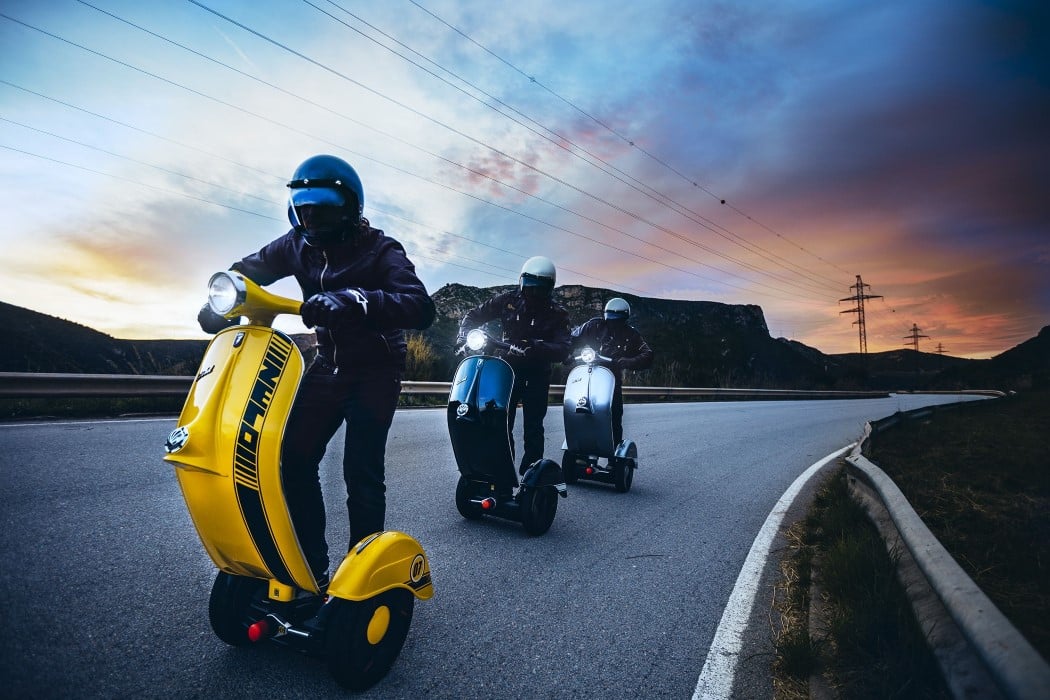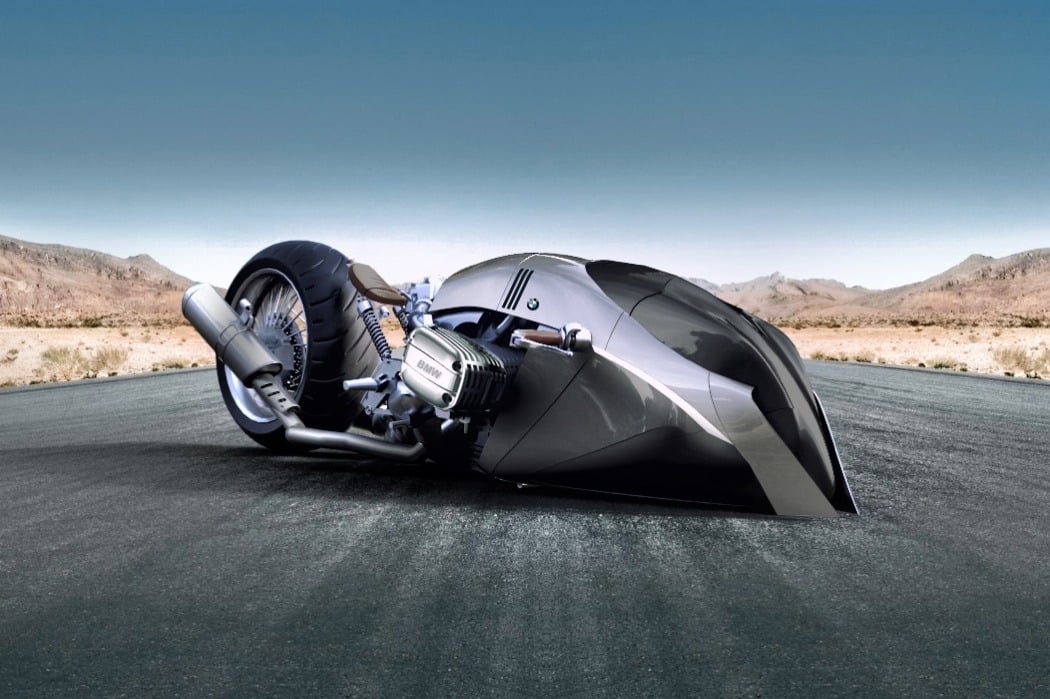
Bayerische Motoren Werke AG or as we know it, BMW, was formed on Match 7th, 1916 and since then has been known for its penchant of creating the best designs while not being afraid of the consequences. For example, in 1937, the world record for the fastest motorcycle went to BMW. Even though that motorcycle is essentially a death trap as the bodywork covered the rider but it was aerodynamically slick and supercharged. In 1937, this thing was capable of 173.7mph. Impressed by the company’s culture and daredevil side, designers have touted BMW as one of their most loved brands to be inspired by and the result is in the designs below. From custom modifications to completely innovative concept designs, each design here is sleek, modern, and a challenge to traditional bike designs, inspiring the future of bikes just as the brand always does!
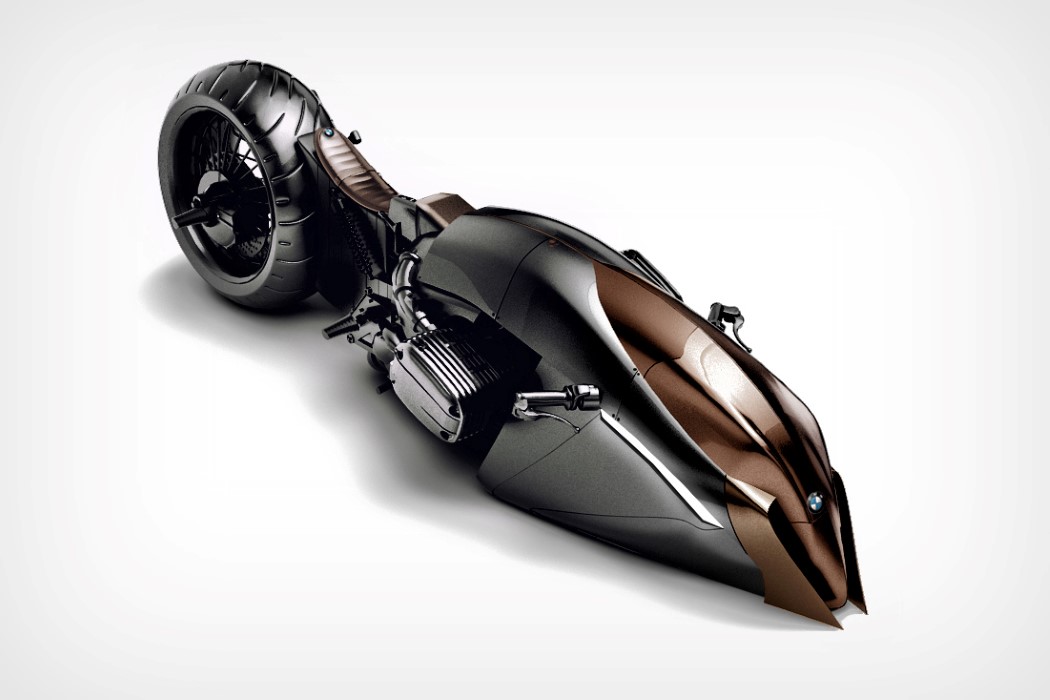
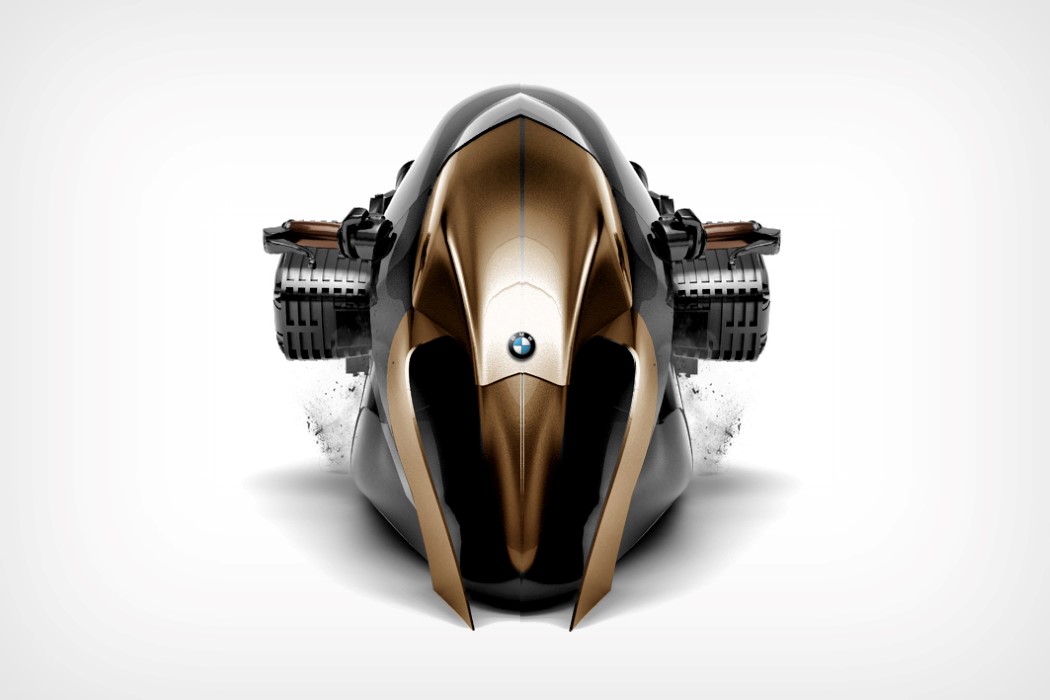
Mehmet Doruk Erdem’s “Khan” is an eclectic mix of unbelievable, dangerous, and beautiful. Erdem’s “Khan” concept takes a BMW R 1100 R twin-cylinder boxer engine and giving them an absolutely new lease of life, with a front-heavy wasp-inspired exterior and an almost naked frame at the rear, much like Erdem’s Alpha concept, and dominated by an extremely large rear wheel, and a seat in the middle, resting on a twin-suspension. There isn’t much method to Erdem’s madness, or maybe I don’t spot it, but the Khan is surely a beautiful beast.

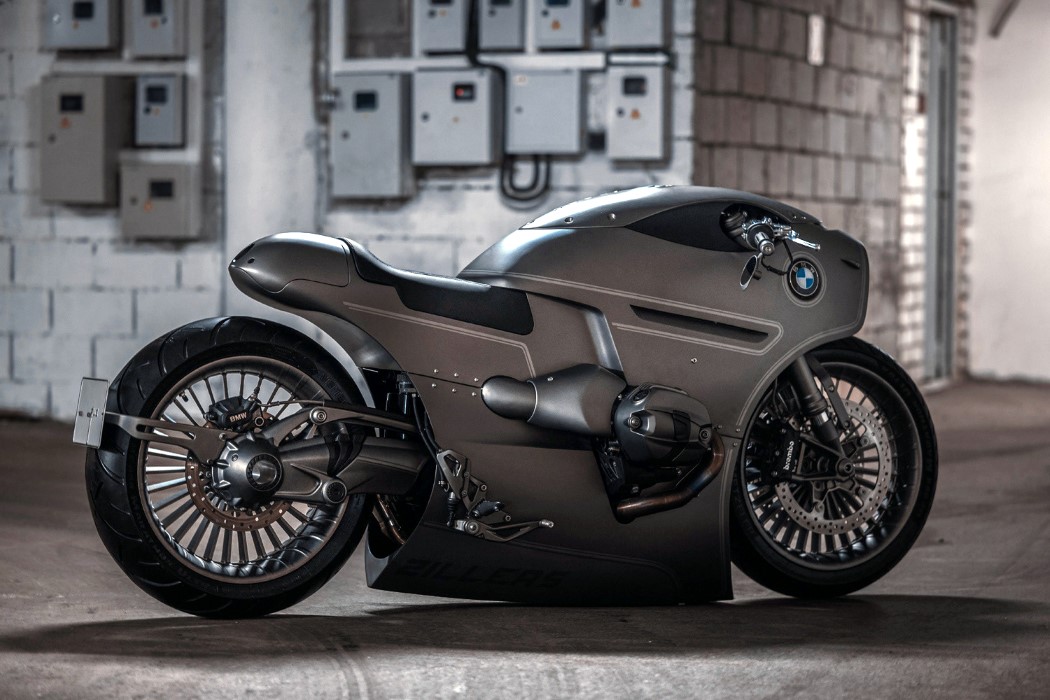
Meet the BMW R9T, a one-off customized version of BMW’s new R18 cruiser, by the guys at Moscow-based Zillers Garage. It retains the R18’s internal build but comes with a redesigned outer body, made entirely from fabricated aluminum parts. The bike comes with a relatively closed design that integrates all its elements, from the headlight, all the way till the tail-light into a single unified mass with a naked metal finish that gives it its raw, post-apocalyptic appeal. It comes with a menacing HID lamp at the front, and a taillight mounted on a sliding rear that you can open to access the bike’s electricals. The bike’s dashboard gets integrated right into its fuel-tank, into displays that lie recessed into the bodywork in a way that’s clearly visible to the rider.
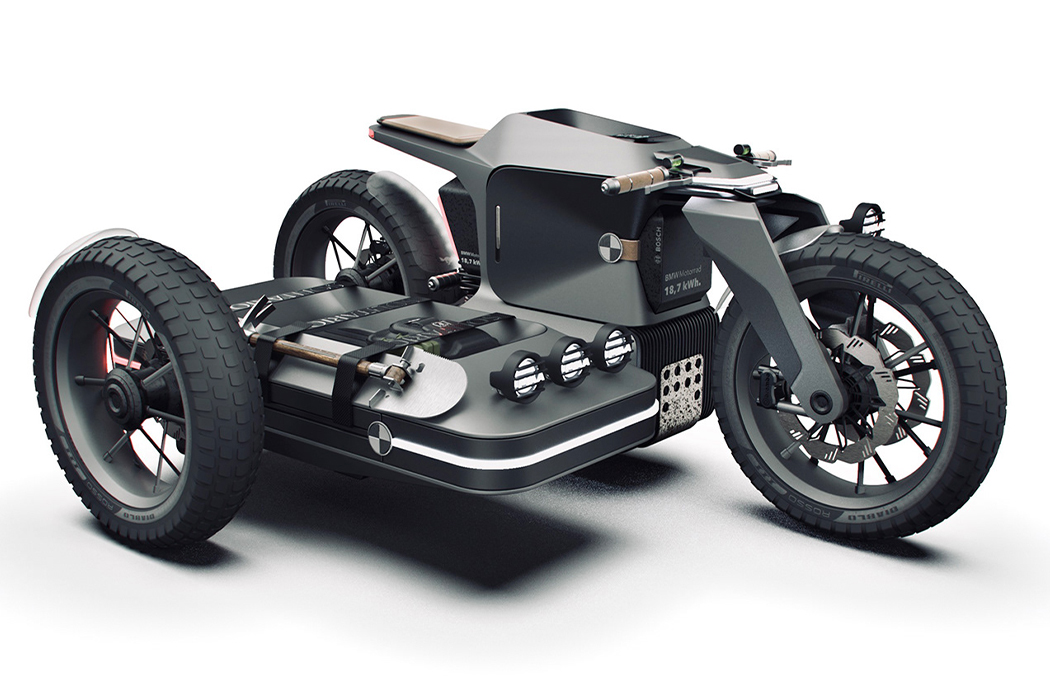
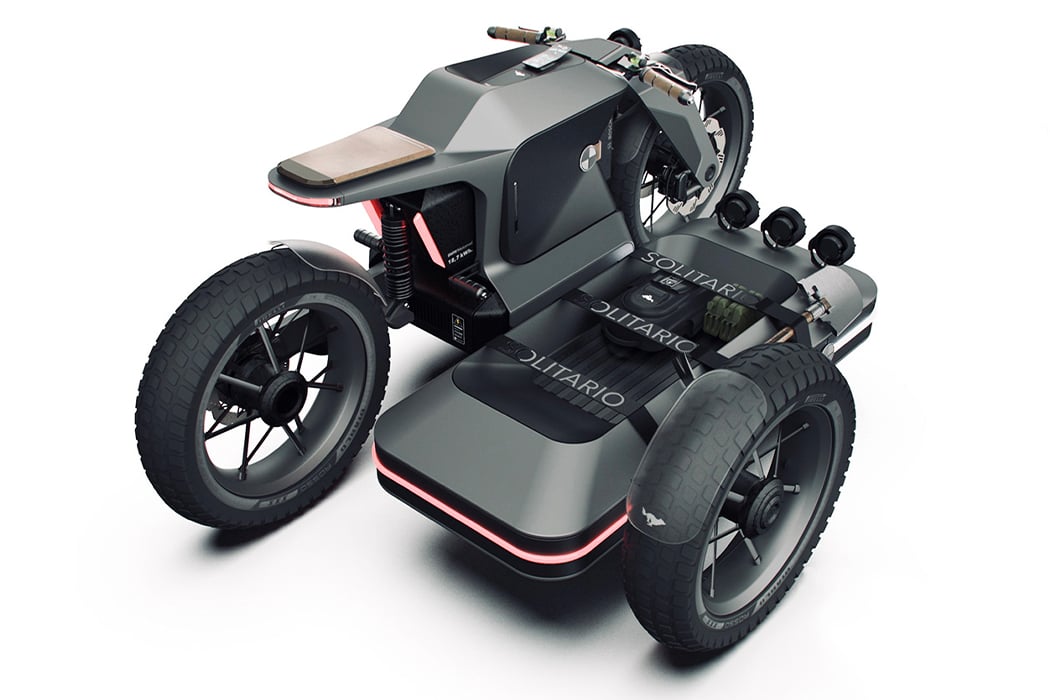
This conceptual electric BMW Motorrad blended with El Solitario MC elements is nothing like we’ve seen before in the e-bike world. It is bringing retro sidecars back with a cool new makeover! This electric motorcycle is designed for long-distance journeys keeping in mind any tough conditions that can come up on the way. The aesthetic has been inspired by the iconic Ural motorcycles with the designer adding his own modern twist on the post-WWII BMW customs. Why is this e-bike different from the rest you ask? Because it swaps the traditional passenger cart for a sidecar which will be equipped with tools and essential gear. The extra storage space also includes straps to hold down the cargo or tools you are carrying and with a flat base, there is room for extra batteries too.
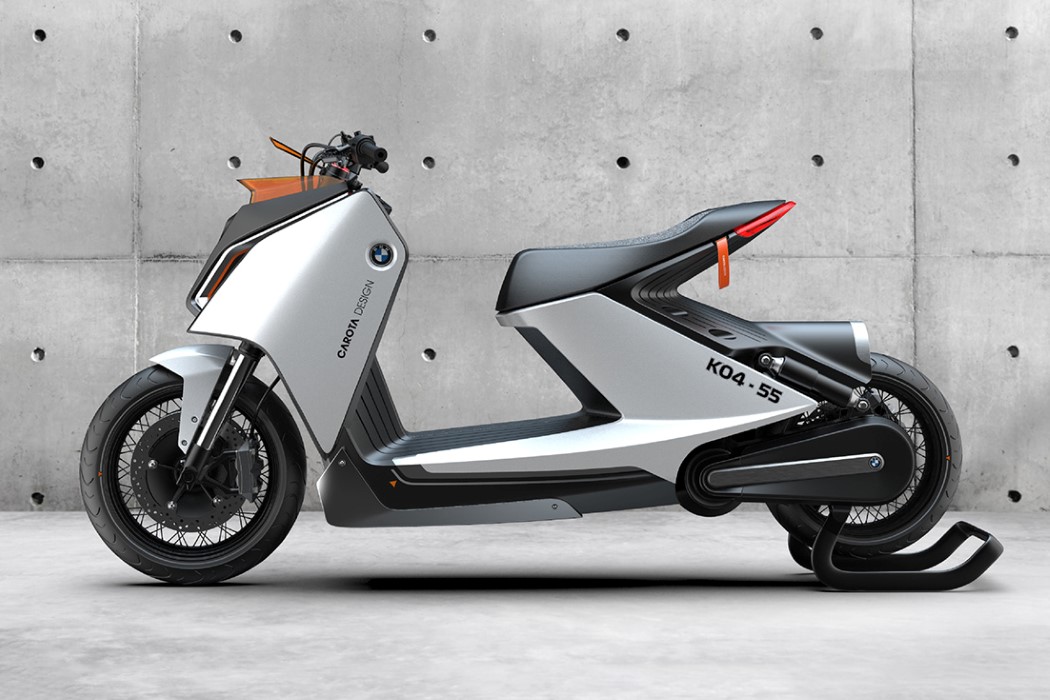
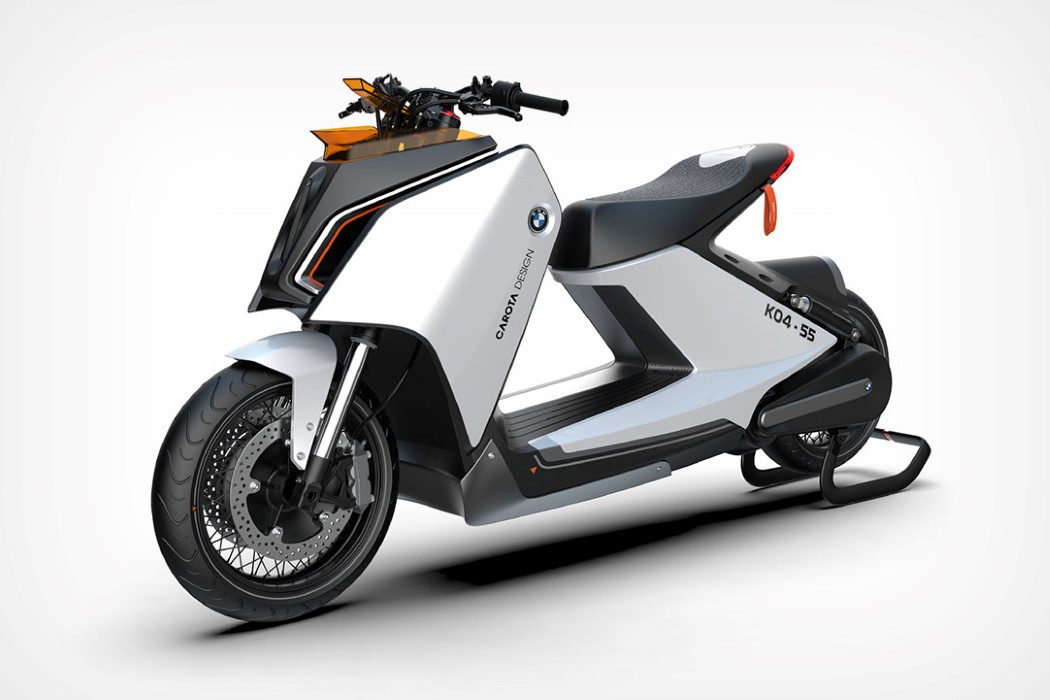
Designed to look almost like the successor to BMW’s Concept Link from 2017, the e-scooter by Carota Design uses a similar CMF, but with leaner, lighter, and narrower forms. The matte-finish metal panels look distinctly like something from BMW’s playbook, while those orange accents around the windscreen give the e-scooter the pop of color it needs. The e-scooter’s front comes with paneling that conceals the rider’s legs, pretty emblematic of scooter designs, while the motor and battery seem to reside in the space in front of the rear wheel. Carota’s design features a cantilever seat that cuts down on the boot-storage but provides a loop on the left to secure your helmet in place.
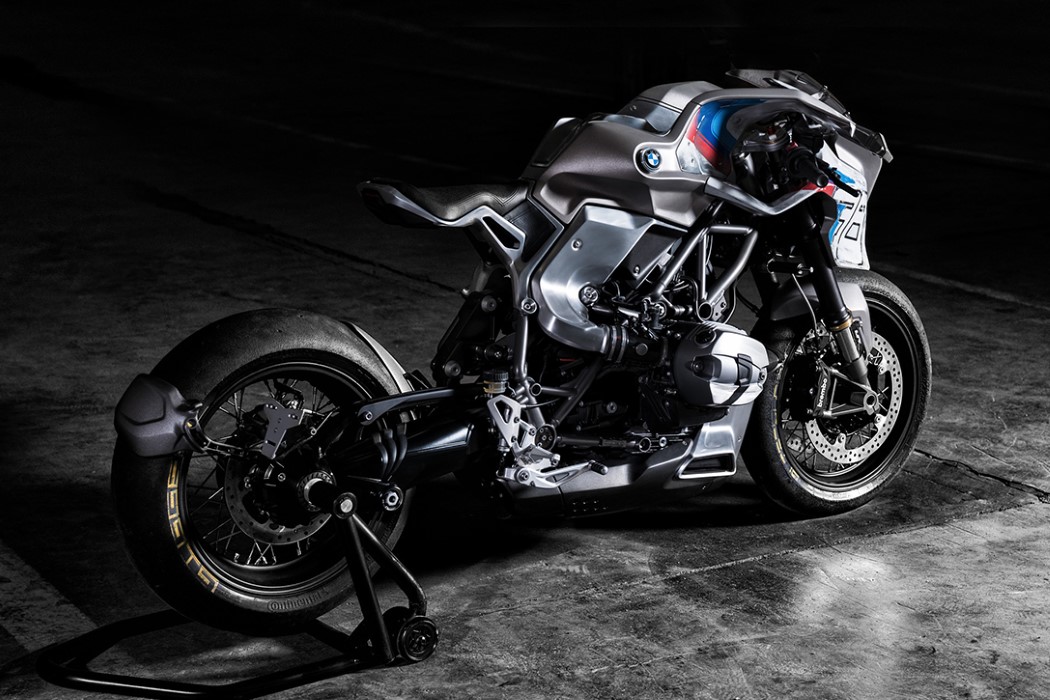
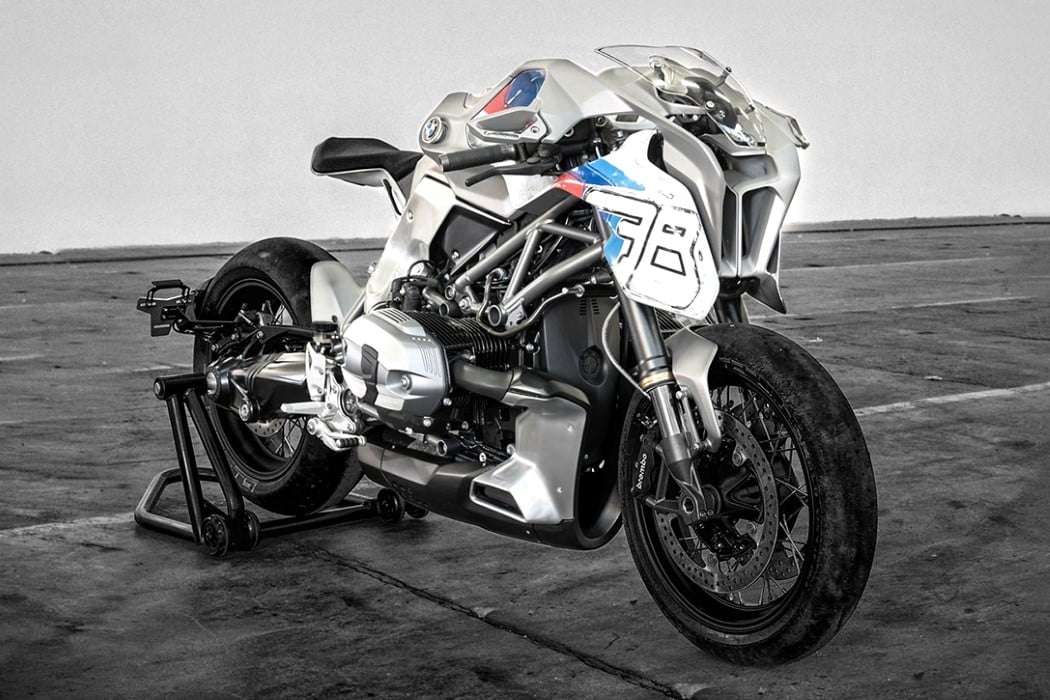
Bernard Nauman, or Blechmann, as is the nickname bestowed upon him. The Giggerl is a custom version of the BMW R NineT, modded so much that one wouldn’t ever recognize it. From curvaceous beauty, Blechmann takes the R NineT to new heights with an aesthetic that makes you want to fear and respect the motorbike, with its aggressive and incredibly futuristic style. Blechmann makes rather fantastic use of sheet metal, creating multiple planar surfaces placed at positions making the motorbike look ripped.
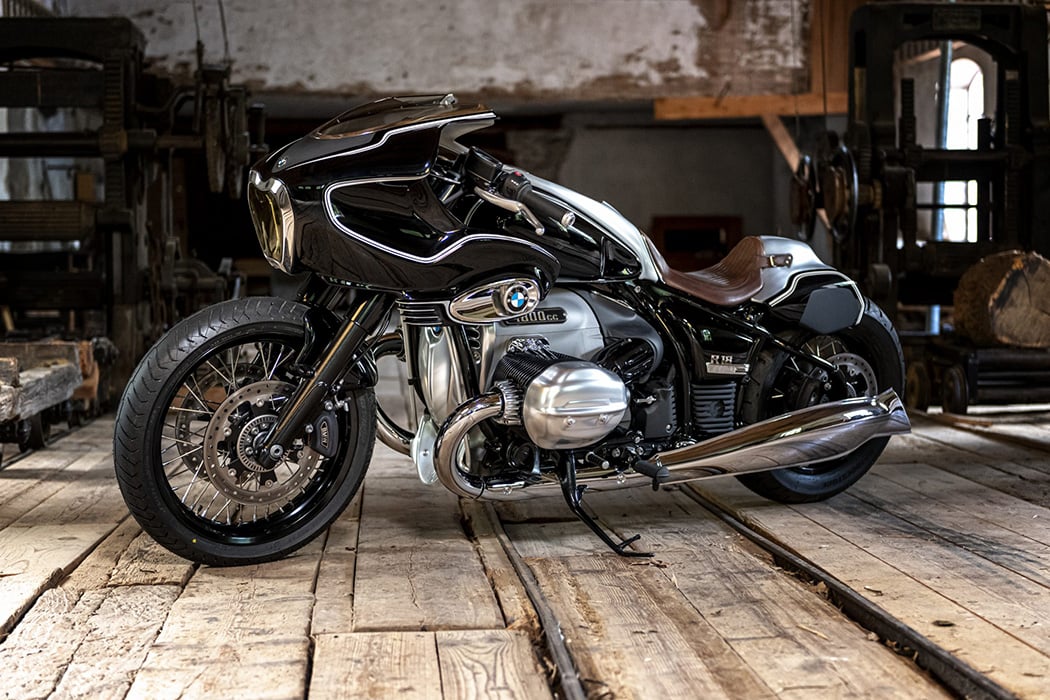
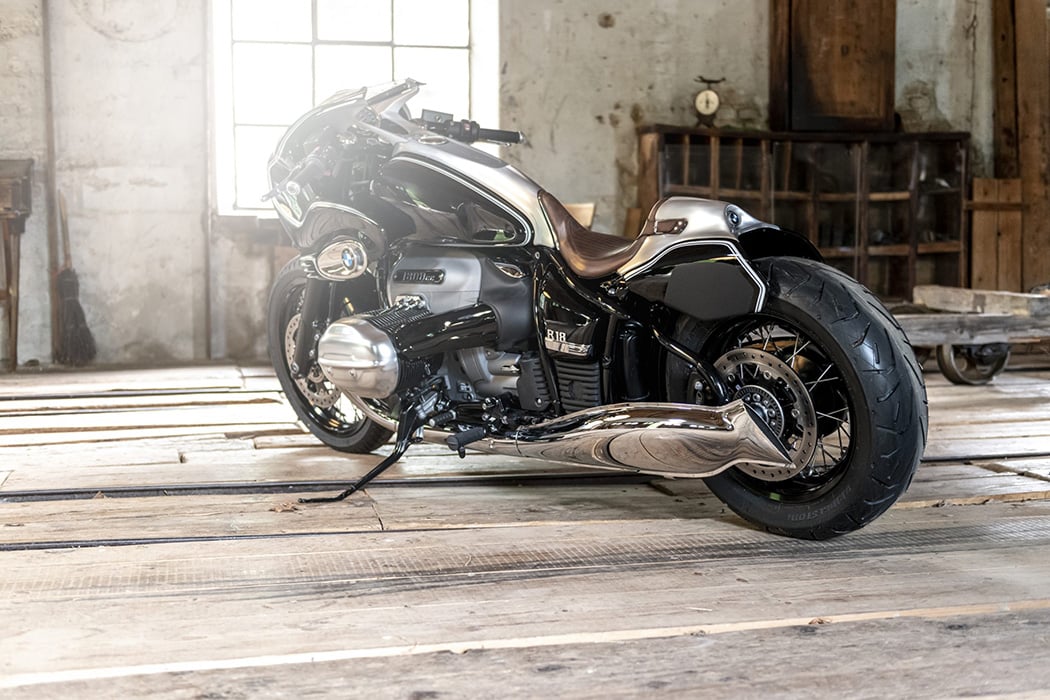
Taking almost 450 hours to build it, Blechmann doesn’t start his customizations with sketches or drawings per se. Rather, he dives directly into the build with the final material keeping a keen eye on proportions and meticulously crafting his artwork. He calls it “rapid prototyping – Blechmann style”. And the results are surely out of this world! Called the “Blechmann R18”, this custom job keeps the original frame and the mounting points of the stock BMW R18 as is, while adding a beautiful full fairing which emphasizes the underlying heritage design of the base model. The final rendering is a narrower, sportier, and more extravagant piece of handiwork.
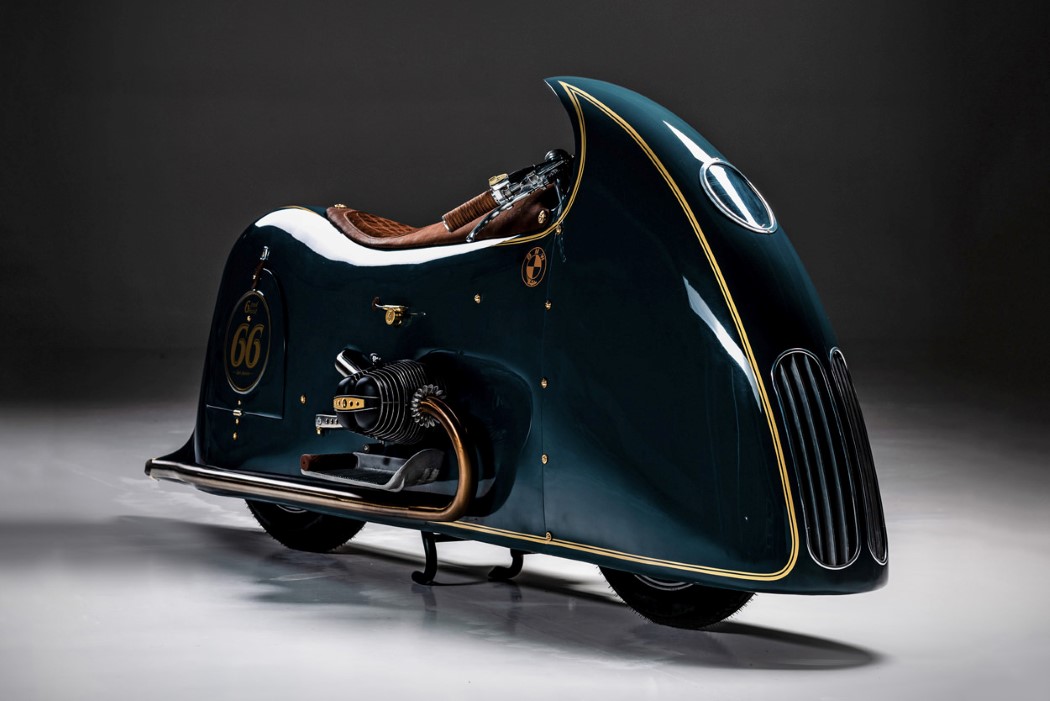
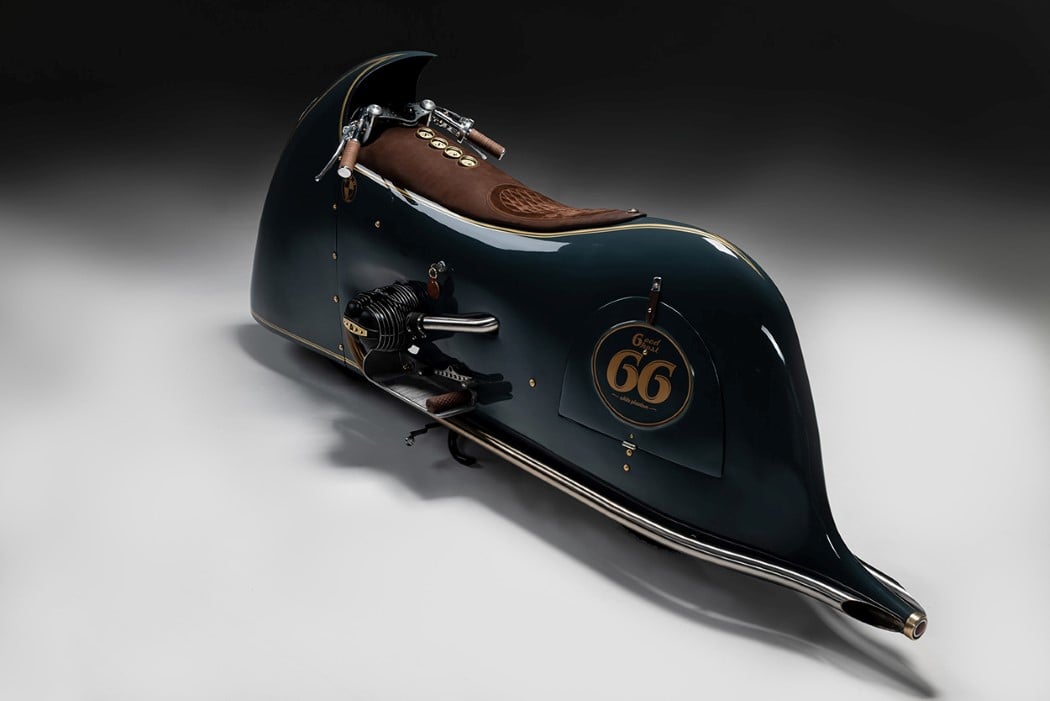
Created on the request of automobile-patron Bobby Haas (of the Haas Moto Museum), the Good Ghost’s aesthetic evolves on the other two bikes in Kingston’s Phantom Series, with a design that feels more superior and like an evolutionary progression. In classic Kingston fashion, the custom comes with little to no change to the bike’s original chassis. Everything is additive, with painstakingly hand-shaped 2mm-thick aluminum paneling covering the underlying structure of the bike in glorious steampunk fashion. The bike’s bulbous body-work sort of feels like a floating ghost, with a sheet draped over it. The outer clad conceals both wheels, and comes with a continuous leather saddle that goes from the dashboard to the very end. This design detail involved cutting into the fuel-tank, but Dirk fixed that problem by fabricating a small fuel cell to sit behind the transmission, with an external fuel pump to send the gas where it needs to go.
